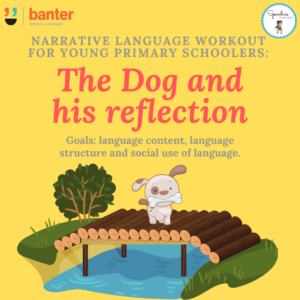(L418) Narrative Language Workout for Young Primary Schoolers: The Dog and his Reflection, a Fable by Aesop
$6.99 including GST
In this 26-page contextualised language workout, we target Tier 2 vocabulary, semantic features, complex syntax, and narrative skills using the context of activities related to the content of a famous Aesop’s Fable, The Dog and his Reflection.
Children are given multiple opportunities to talk about and share knowledge of the story content, use vocabulary and grammatical structures from the model story, answer comprehension questions, and retell the story with a scaffold.
The workout is designed to encourage students to link their world knowledge and experiences to the vocabulary and sentence structures modelled in the workout.
Description
Narrative language workout for young primary schoolers: The Dog and his Reflection, a fable by Aesop (also know as The Dog and its Shadow).
Many children – including many children with language and learning disorders, and many children learning English as an additional language – have more than one area of language need.
Contextualised language intervention (CLI) is a treatment approach that trains multiple targets or curriculum-related skills within activities that include rich, meaningful and coherent references to people, objects and actions in the world (e.g. Ukrainetz, 2006; Gillam et al., 2012).
Language is best learned when children engage in activities with more skilled participants who provide them with models and support within authentic communicative interactions. A variety of social, language and cognitive skills are learned simultaneously, rather than in isolation.
In this 26-page contextualised language workout, we target Tier 2 vocabulary, semantic features, complex syntax, and narrative skills using the context of activities related to the content of a famous Aesop’s Fable, The Dog and his Reflection.
Children are given multiple opportunities to talk about and share knowledge of the story content, use vocabulary and grammatical structures from the model story, answer comprehension questions, and retell the story with a scaffold.
The workout is designed to encourage students to link their world knowledge and experiences to the vocabulary and sentence structures modelled in the workout.
Specific activities include:
- listening to the story;
- answering comprehension questions;
- drawing inferences;
- comparing/contrasting characters;
- discussing and defining Tier 2 vocabulary (words that are unfamiliar to children but represent ‘concepts’ that children are familiar with);
- world knowledge; and
- discussing pro-social themes (e.g. not being greedy, and not comparing what you have to what others have).
Adults working with students with this workout can use various language facilitation strategies, including focused stimulation, recasts and vertical structures.
Suitable for young primary students and older children with language or learning needs, this resource targets several important features of language with topic continuity, and pro-social themes.
Our clients love this workout, and we hope yours do too!
Key source: Gillam, S.L., Gillam, R.B., and Reece, K. (2012). Language Outcomes of Contextualised and Decontextualised Language Intervention: Results of an Early Efficacy Study, Language, Speech & Hearing Services in Schools, 43, 276-291.

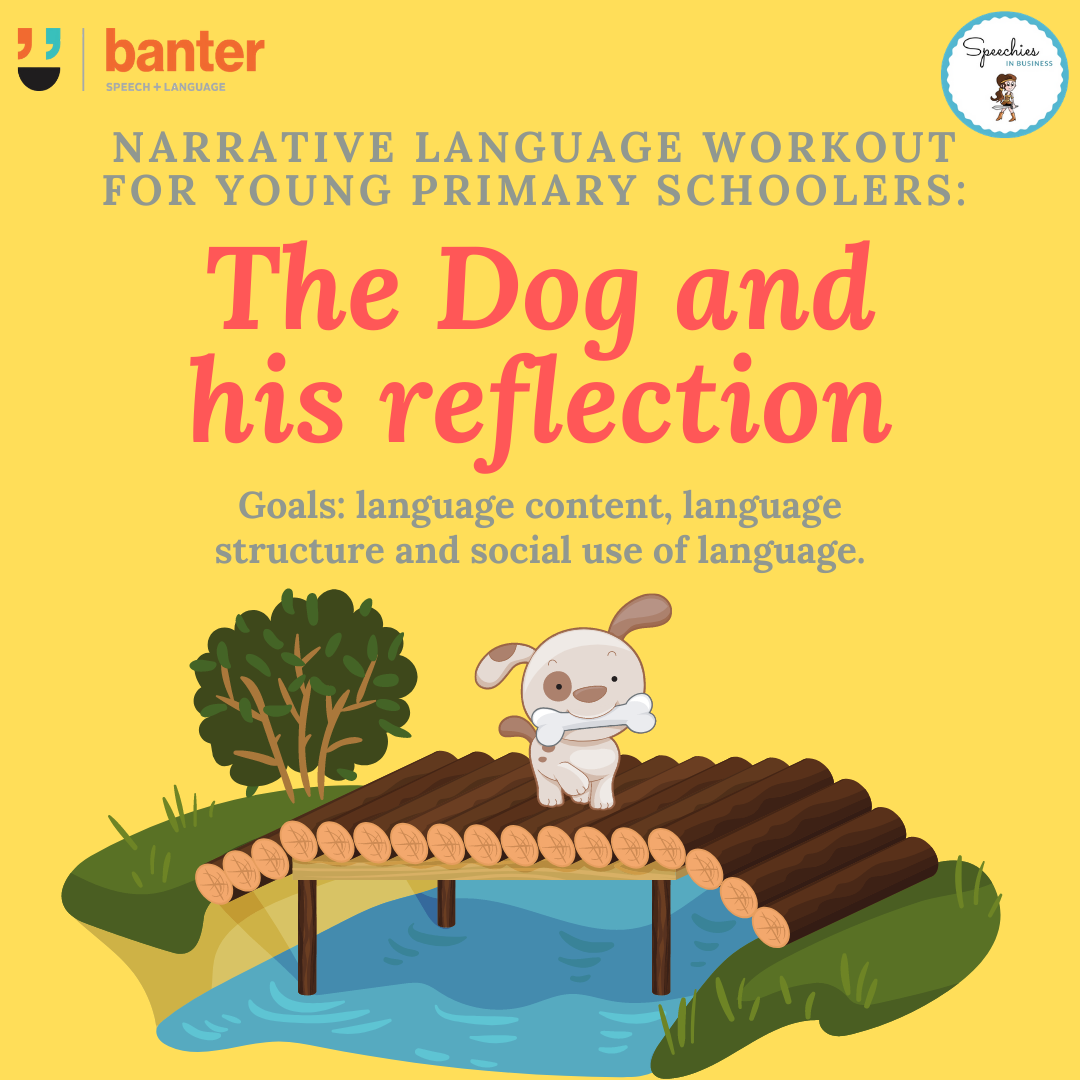




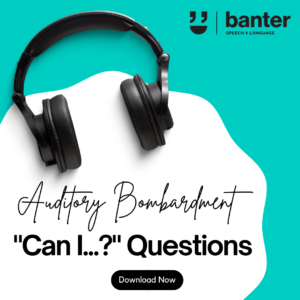

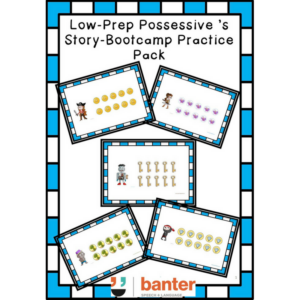
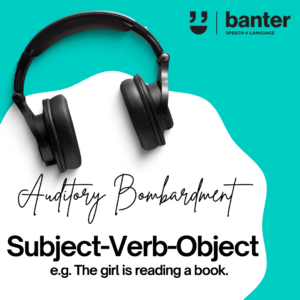
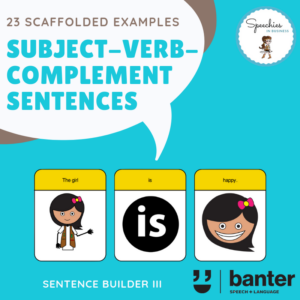 (L128) Subject-Verb-Complement (SVC) Sentence Builders
(L128) Subject-Verb-Complement (SVC) Sentence Builders 